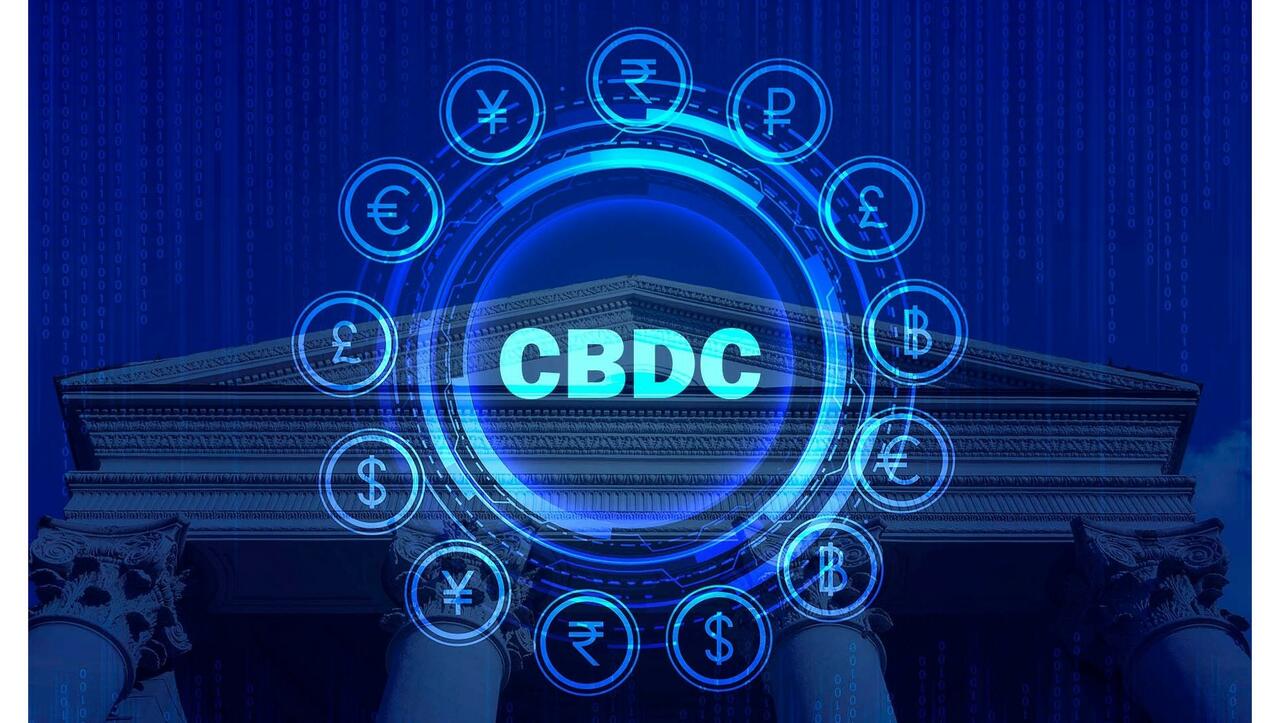Short of a nuclear war, CBDC is THE most dangerous tool lurking in our future. The digital part of it has nothing to do with "digital", 95% of our money is already digital and everything to do with the suppression of cash and the anonymity it offers. Once we have CBDC, we're all "naked". We cannot get make a move literally, without first the Central Bank Knowledge, then later their approval. This would be the fastest path to tyranny imaginable.
Whatever happened to the WEF? One minute they were everywhere in the media and now they have all but disappeared from public discourse. After the pandemic agenda was defeated and the plan to exploit public fear to create a perpetual medical autocracy was exposed, Klaus Schwab and his merry band of globalists slithered back into the woodwork. To be sure, we'll be seeing them again one day, but for now the WEF has relegated itself away from the spotlight and into the dark recesses of the Davos echo chamber.
Much of their discussions now focus on issues like climate change or DEI (Diversity, Equity, Inclusion), but one vital subject continues to pop up in the white papers of global think tanks and it's a program that was introduced very publicly during covid. Every person that cares about economic freedom should be wary of Central Bank Digital Currencies (CBDCs) as perhaps the biggest threat to human liberty since the attempted introduction of vaccine passports.
The WEF recently boasted in a new white paper that 98% of all central banks are now pursuing CBDC programs. The report, titled 'Modernizing Financial Markets With Wholesale Central Bank Digital Currency', notes:
“CeBM is ideal for systemically important transactions despite the emergence of alternative payment instruments...Wholesale central bank digital currency (wCBDC) is a form of CeBM that could unlock new economic models and integration points that are not possible today.”
The paper primarily focuses on the streamlining of crossborder transactions, an effort which the Bank for International Settlements (BIS) has been deeply involved in for the past few years. It also highlights an odd concept of differentiated CBDC mechanisms, each one specifically designed to be used by different institutions for different reasons. Wholesale CBDCs would be used only by banking institutions, governments and some global corporations, as opposed to Retail CBDCs which would be reserved for the regular population.
How the value and buying power of Wholesale CBDCs would differ is not clear, but it's easy to guess that these devices would give banking institutions a greater ability homogenize international currencies and transactions. In other words, it's the path to an eventual global currency model. By extension, the adoption of CBDCs by governments and global banks will ultimately lead to what the WEF calls "dematerialization" - The removal of physical securities and money. The WEF states:
"As with the Bank of England’s (BOE) RTGS modernization programme, the intention is to introduce a fully digitized securities system that is future-proofed for incremental adoption of DLT (Distributed Ledger Technology). The tokenization of assets involves creating digital tokens representing underlying assets like real estate, equities, digital art, intellectual property and even cash. Tokenization is a key use case for blockchain, with some estimates pointing towards $4-5 trillion in tokenized securities on DLTa by 2030."
Finally, they let the cat out of the bag:
"The BIS proposed two models for bringing tokenization into the monetary system: 1) Bring CBDCs, DTs and tokenized assets on to a common unified ledger, and 2) pursue incremental progress by creating interlinking systems.
They determined the latter option was more feasible given that the former requires a reimagination of financial systems. Experimentation with the unified ledger concept is ongoing."
To interpret this into decoded language - The unified ledger is essentially another term for a one world digital currency system completely centralized and under the control of global banks like the BIS and IMF. The WEF and BIS are acknowledging the difficulty of introducing such a system without opposition, so, they are recommending incremental introduction using "interlinking systems" (attaching CBDCs to paper currencies and physical contracts and then slowly but surely dematerializing those assets and making digital the new norm). It's the totalitarian tip-toe.
The BIS predicts there will be at least 9 major CBDCs in circulation by the year 2030; this is likely an understatement of the intended plan. Globalists have hinted in the past that they prefer total digitization by 2030.
A cashless society would be the end game for economic anonymity and freedom in trade. Unless alternative physical currencies are widely adopted in protest, CBDCs would make all transactions traceable and easily interrupted by governments and banks. Imagine a world in which all trade is monitored, all revenues are monitored and transactions can be blocked if they are found to offend the mandates of the system. Yes, these things do happen today, but with physical cash they can be circumvented.
Imagine a world where your ability to spend money
can be limited to certain retailers, certain services, certain products
and chosen regions based on your politics, your social credit score and
your background. The control that comes with CBDCs is immense and
allows for complete micromanagement of the population. The fact that
98% of central banks are already adopting this technology should be one
of the biggest news stories of the decade, yet, it goes almost
completely ignored.


No comments:
Post a Comment